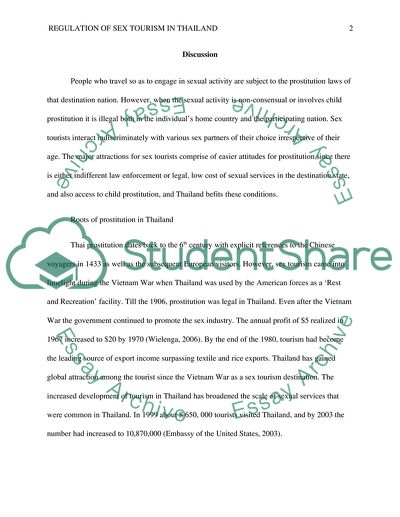Cite this document
(“Government Policies to Regulate Sex Tourism in Thailand Research Paper”, n.d.)
Government Policies to Regulate Sex Tourism in Thailand Research Paper. Retrieved from https://studentshare.org/gender-sexual-studies/1666046-government-policies-to-regulate-sex-tourism-in-thailand
Government Policies to Regulate Sex Tourism in Thailand Research Paper. Retrieved from https://studentshare.org/gender-sexual-studies/1666046-government-policies-to-regulate-sex-tourism-in-thailand
(Government Policies to Regulate Sex Tourism in Thailand Research Paper)
Government Policies to Regulate Sex Tourism in Thailand Research Paper. https://studentshare.org/gender-sexual-studies/1666046-government-policies-to-regulate-sex-tourism-in-thailand.
Government Policies to Regulate Sex Tourism in Thailand Research Paper. https://studentshare.org/gender-sexual-studies/1666046-government-policies-to-regulate-sex-tourism-in-thailand.
“Government Policies to Regulate Sex Tourism in Thailand Research Paper”, n.d. https://studentshare.org/gender-sexual-studies/1666046-government-policies-to-regulate-sex-tourism-in-thailand.


